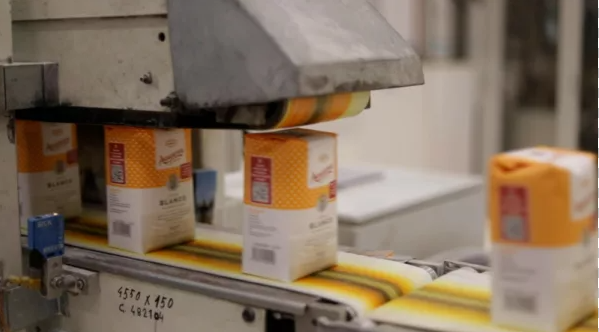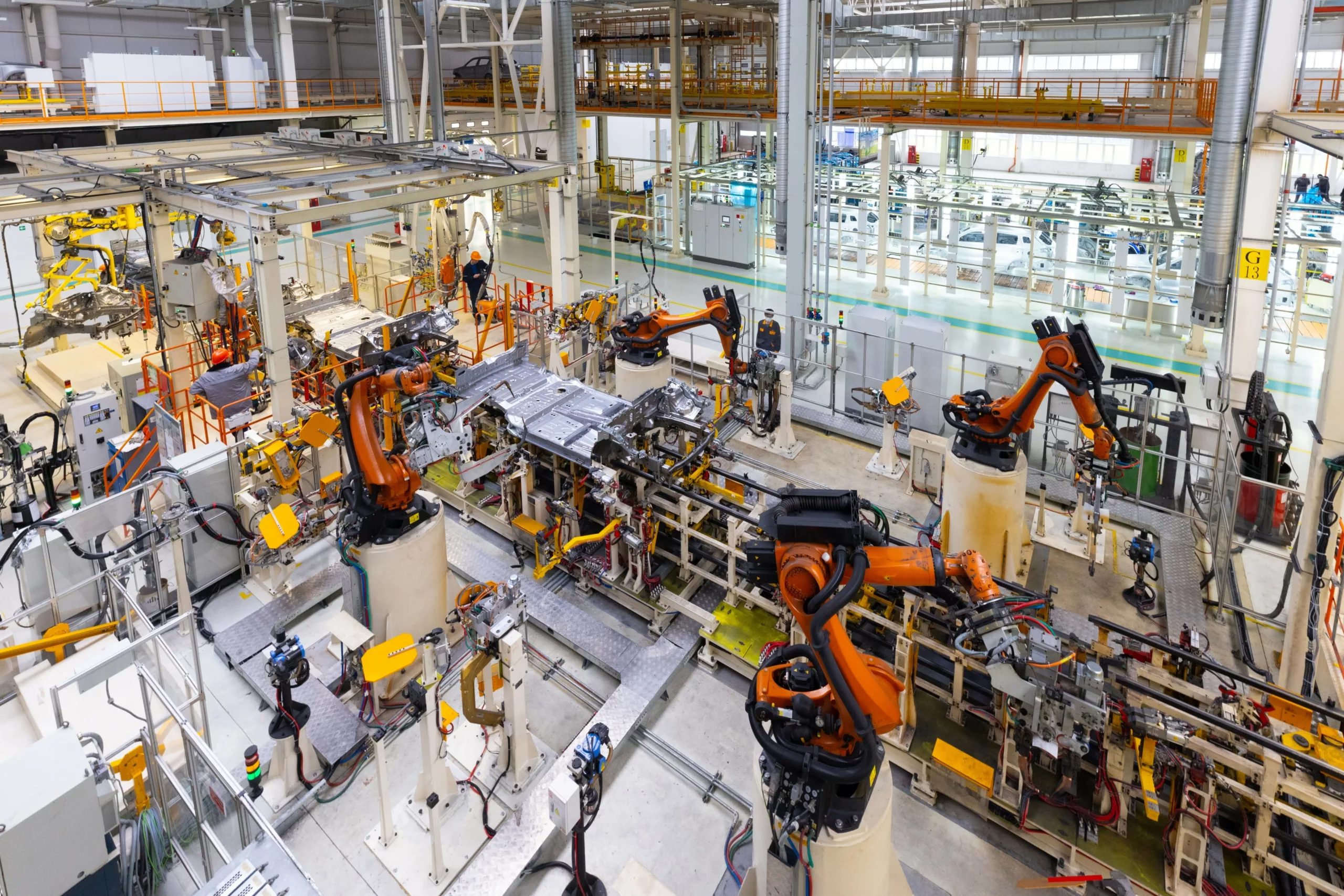

Process Manufacturing
Enhance your process manufacturing operations by focusing on lean, efficiency, quality, sustainability, and digital innovation
Capital intensive, the process industry has always seen investment in equipment as a requirement for growth. Today, the challenge is to adopt a mindset focused on the environment, data, and technology to manage and adapt to new consumer trends while maintaining competitive operations. At Kaizen Institute, we work side-by-side with industry leaders to advance their competitiveness and disrupt their businesses.
Want to advance Manufacturing operations?
Client results
Learn how to implement it in your organization
How we can help
Total Productive Maintenance
Create top-performing operations by boosting efficiency through a Total Productive Maintenance strategy
Improve Quality
Implement Quality improvement projects to optimize first-time quality and reduce non-quality costs.
Empower sustainability
Incorporate Sustainability in your business strategy and implement effective measures that impact people, the planet, and prosperity.
Go Digital
Go Digital by combining the toolboxes of automation and digital information to transform your operations and differentiate your offer.
Harness the Power of Data
Harness the power of data to solve complex efficiency and decision-making problems with Advanced Analytics.
Leverage Lean Six Sigma Techniques
Implement Lean Six Sigma Techniques in your strategy to eliminate waste, reduce variation, drive quality, enhance operational performance, and bolster bottom-line results.
Impact
15 to 25%
Average overall effectiveness increase
45 to 55%
Average setup change over time reduction
3 to 8%
Average materials savings increase
Want to learn more about lean manufacturing tools?
Check out our customized training program to develop continuous improvement skills in the manufacturing sector
Insights
Our Approach
The KAIZEN™ approach begins with an end-to-end analysis. This analysis leads to a customized solution design and implementation plan. The contribution of the teams is critical to the success of any Lean journey. We organize our customers’ teams to break functional silos and develop continuous improvement skills.
We support our clients in implementing the initiative’s plan, ensuring set objectives are met.
Ready to start?
Find out what are the key opportunities in your processes by conducting a diagnosis workshop.
Change Management
Kaizen Institute’s approach is practical, pragmatic, and collaborative. We work with our customers in their Gemba – where the action takes place – and observe the opportunities first-hand.
Our experts combine deep expertise with refined analytical and problem-solving skills, bringing an external and fact-based perspective to the industry’s challenges and opportunities.
Want to get more insights?
We create customized solutions for every business area
Kaizen Institute works directly with the client teams, with a “Hands On” and “Teaching by Doing” approach
Kaizen Institute works directly with the client teams, with a “Hands On” and “Learning by Doing” approach





